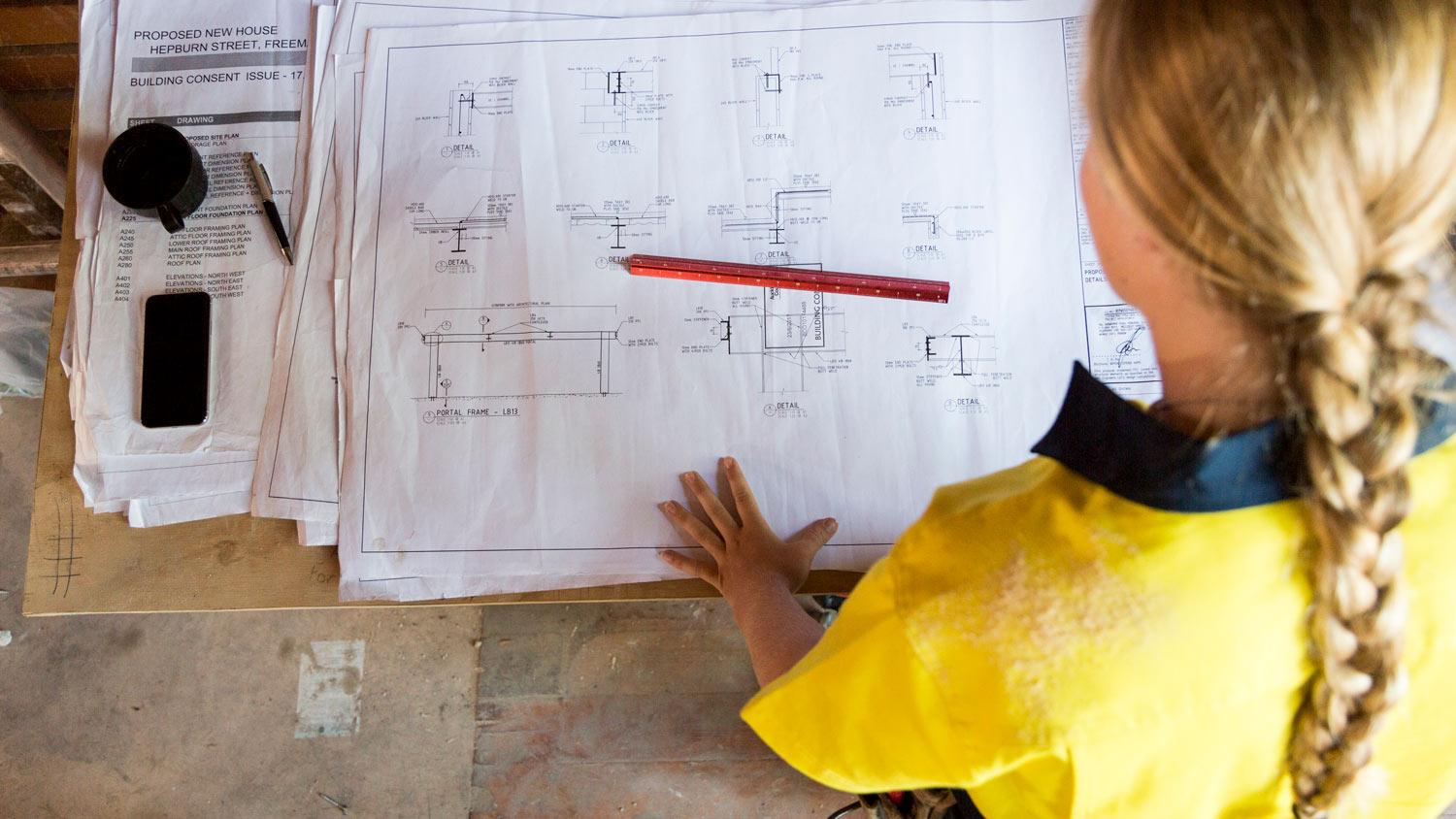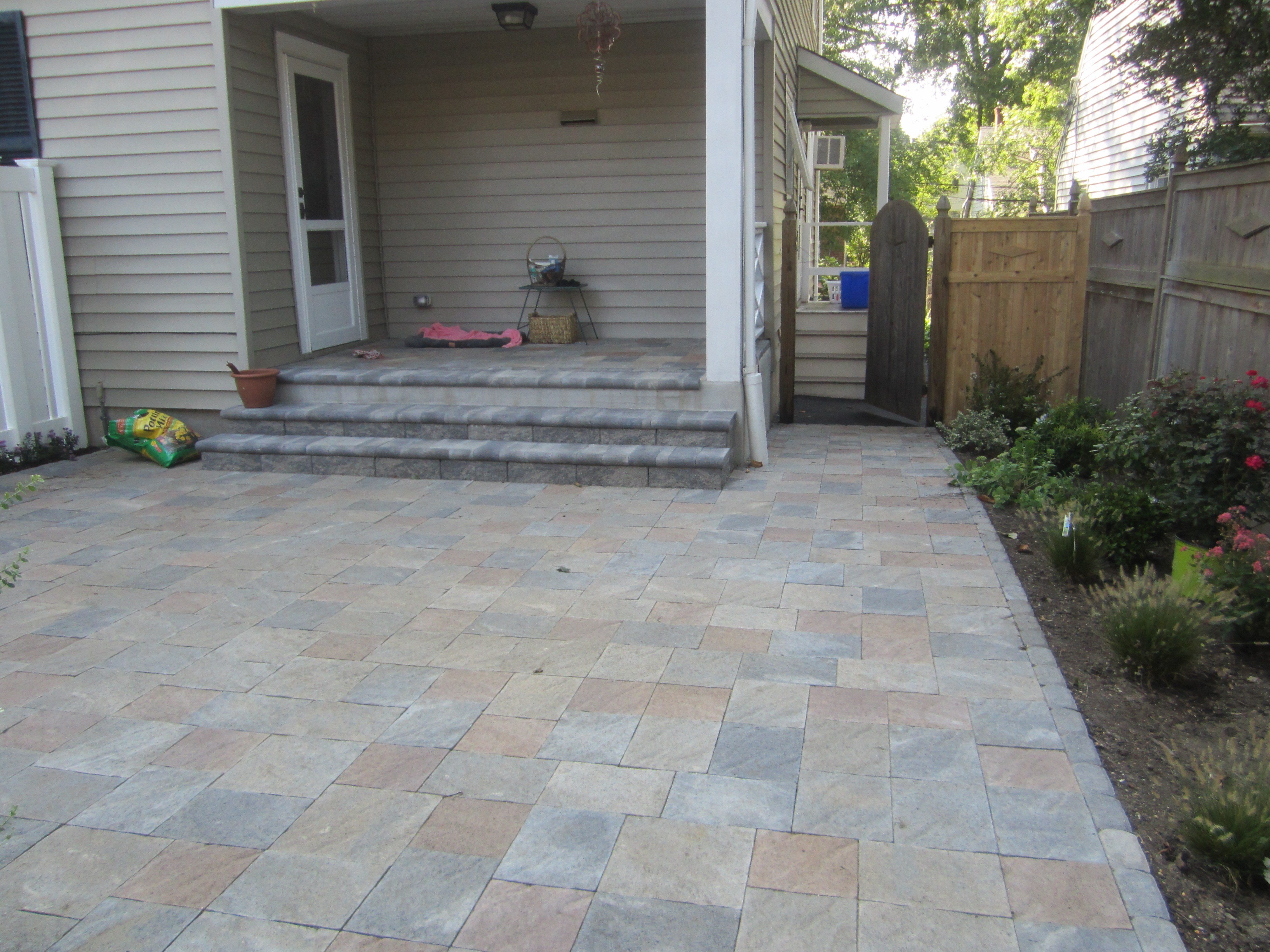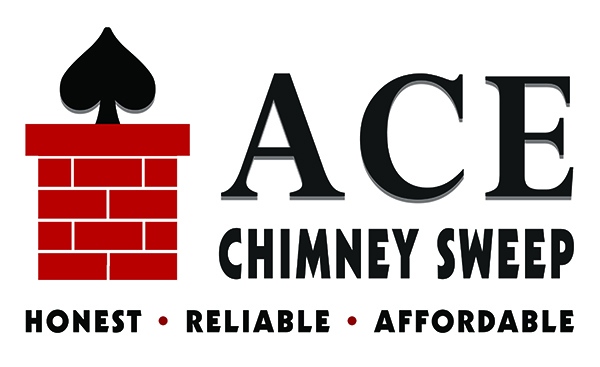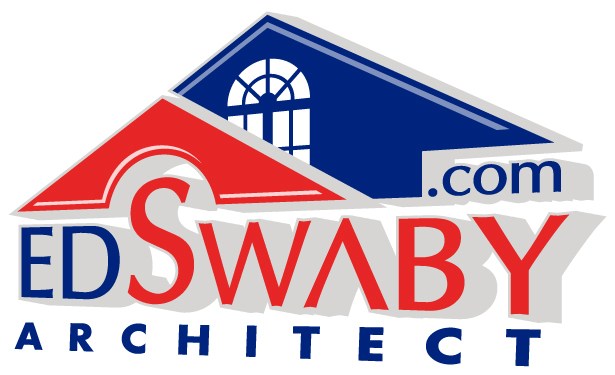
Get matched with top structural engineers in Walpole, NH
Enter your ZIP and get matched with up to 5 pros
Need a pro for your structural engineering project in Walpole, NH?
Verified Reviews for Structural Engineering pros in Walpole, NH
*The Angi rating for Structural Engineering companies in Walpole, NH is a rating based on verified reviews from our community of homeowners who have used these pros to meet their Structural Engineering needs.
*The HomeAdvisor rating for Structural Engineering companies in Walpole, NH is a rating based on verified reviews from our community of homeowners who have used these pros to meet their Structural Engineering needs.
Last update on December 08, 2025
Find Structural engineers in Walpole
Michael Weatherby & Associates
Michael Weatherby & Associates
Full service commercial residential contracting firm, insured, certified EPA firm, HERS certification, VT EMP lead safe practices, over 40 years experience
Full service commercial residential contracting firm, insured, certified EPA firm, HERS certification, VT EMP lead safe practices, over 40 years experience
EHM
EHM
EHM is a structural moving and elevating company that also specializes in foundation repair and replacement. We have been working in the Midwest since the Great Floods of 1993. We specialize in severely comprised foundation issues. We can elevate, level, pier or replace a wall or your entire foundation. We do not do mudjacking, waterproofing or minor crack repair.
"I did not get the service that we originally talked about I am very unhappy"
Donna S on August 2021
EHM is a structural moving and elevating company that also specializes in foundation repair and replacement. We have been working in the Midwest since the Great Floods of 1993. We specialize in severely comprised foundation issues. We can elevate, level, pier or replace a wall or your entire foundation. We do not do mudjacking, waterproofing or minor crack repair.
"I did not get the service that we originally talked about I am very unhappy"
Donna S on August 2021
GROOVER SEPTIC DESIGN
GROOVER SEPTIC DESIGN
Home business, no other employes, payment on job completion, cash or personal check.
Home business, no other employes, payment on job completion, cash or personal check.
The Walpole, NH homeowners’ guide to structural engineering services
From average costs to expert advice, get all the answers you need to get your job done.

Need to open up your living space or make room for a home addition? Use this guide to estimate the cost to remove a wall in your home before you start.

The cost of a structural engineer is easily justifiable given the value they bring to the table. Use this guide to see what hiring your professional will total in Los Angeles, CA.

The cost of a structural engineer is easily justifiable given the value they bring to the table. Use this guide to see what hiring your professional will total in Portland, OR.

It can be hard to choose the right pro for any job, but it matters. Learn how to hire a structural engineer who'll get the job done right from start to finish.

Before you can start a major remodel, you need to know how to tell if a wall is load-bearing. Learn what a load-bearing wall is and how to identify one.

A home doesn’t collapse unexpectedly. Learn the warning signs that a house will collapse, so you can protect your family and your home.
- 🌱 "Mow a small front yard"
- 🛠 "Fix a leaking pipe under the sink"
- 🏠 "Repair shingles on an asphalt roof"


